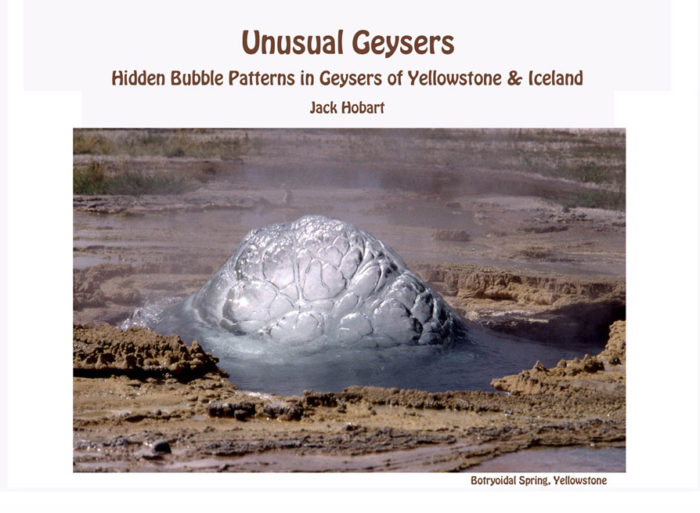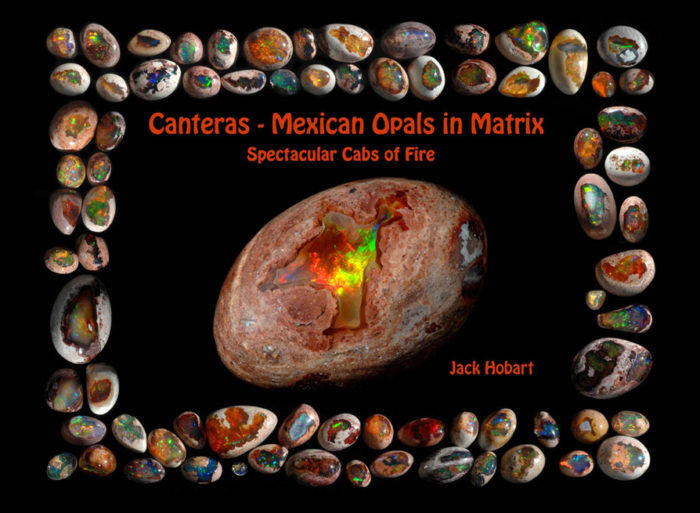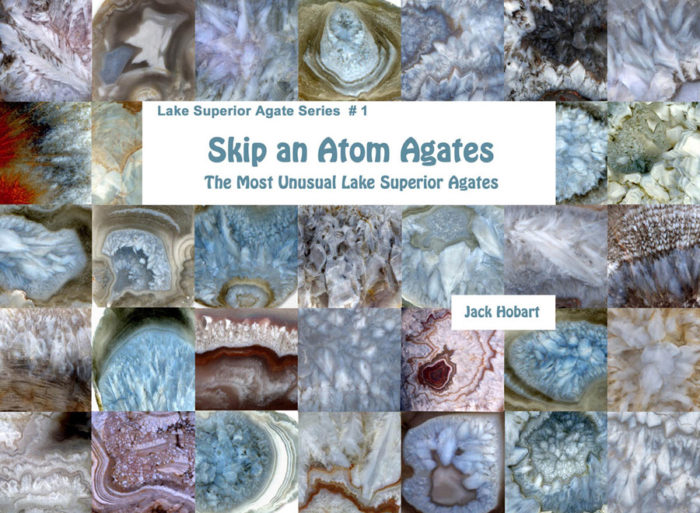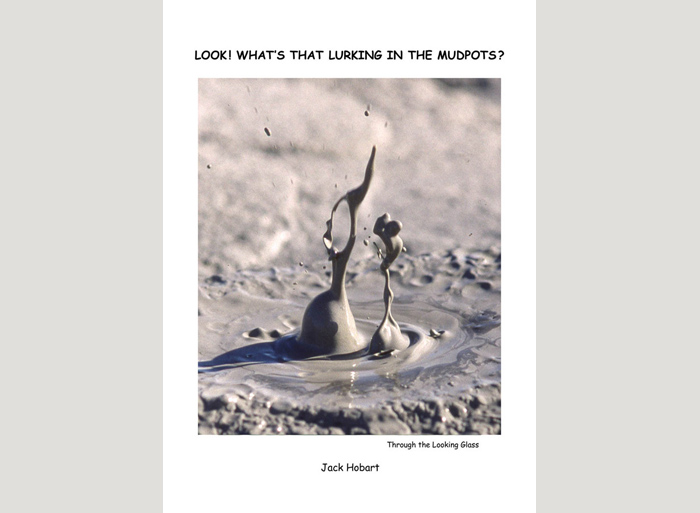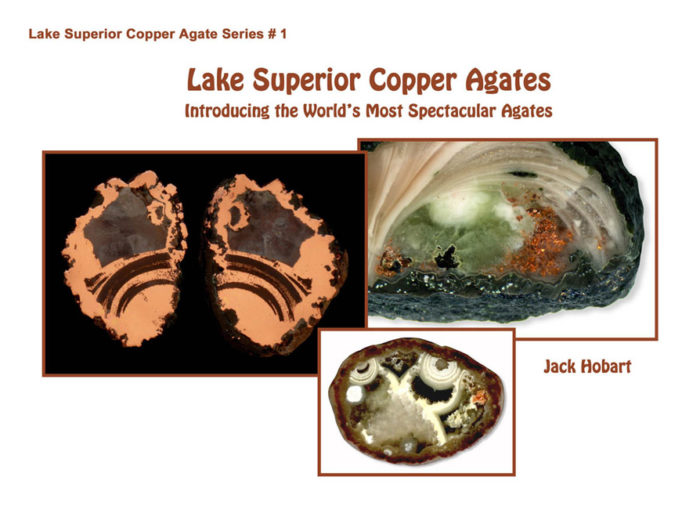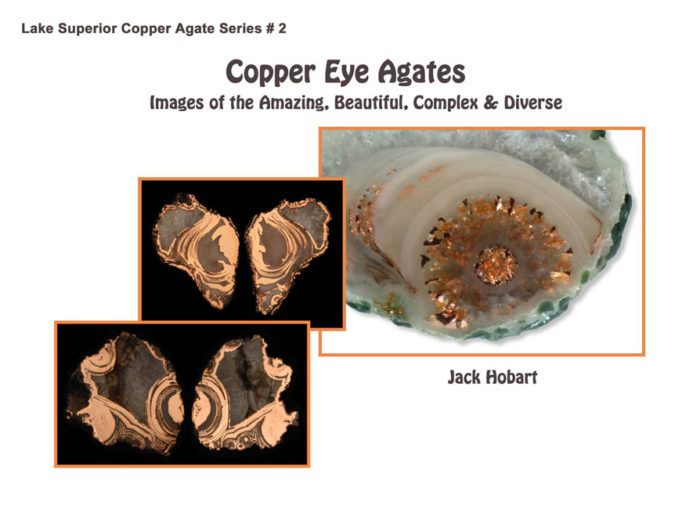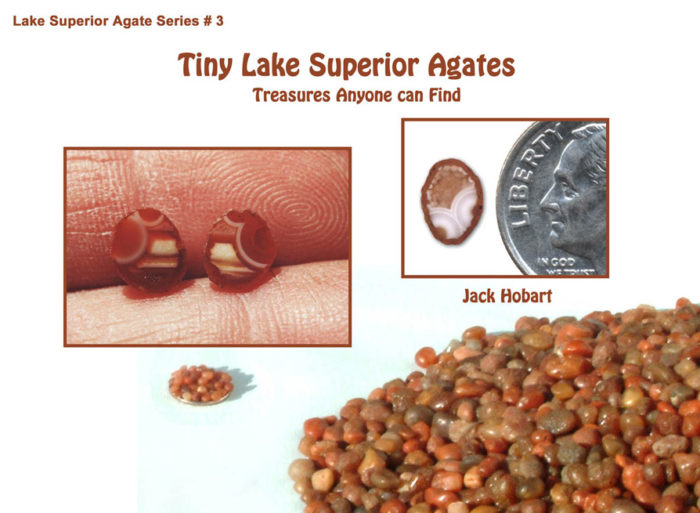What is Mudpot.com ?A site with information about books by Jack Hobart. It includes image closeups, corrections, input from readers, bonus information and book purchase. Emphasis is on closeup and high-speed photographs with enough supporting text for their understanding and appreciation without getting in the way of the photography. Now there’s a Facebook Page for the exchange of information: https://www.facebook.com/JackHobartBooks/# , however direct book purchase from the author is only possible on this website. NOW OFFERING A FREE BOOK ! See details on Shopping Cart and Copper Agate pages Tips for viewing pictures and slideshows: slideshows can be toggled by arrows (on their right and left centers, also those on your keyboard). They will pause if you hover the mouse over a picture. Page banner images include their book titles. Click on the other pictures to enlarge them – then use the browser back button to return. Most devices allow further enlargement. For example, when you click to enlarge a thumbnail on a Mac, you can repeat ⌘ + multiple times to enlarge the picture to fill your screen. Amazing detail can be seen – for example the front cover of the Skip an Atom book, its Ghost Agate thumbnail or my favorite, the cover of the C&H-21 Mine copper agate book. Reader feedback is encouraged. New information about book content will be shared on this site. Book Subject Page Categories:
Book Subject Page Content:Four book subject pages describe books in print plus previews of those ready to publish. Bonus information is also included. The goal is to make this website FUN ! Book purchase infomation is shown and books can be ordered from the Shopping Cart Page. Please check back from time-to-time to see new content and input from visitors. New Discoveries Unveiled in the Books:
About the Books and their Author:The books are made possible by very large image databases for each topic. Methods used to obtain these images are: (1) high-speed photos and video for mudpots and geysers, (2) detailed scans of polished agate sections, and (3) closeup photos of brilliant reflections from copper agate banding. Photography of Mexican opals uses the new technique of focus stacking to reveal sharp detail of their spectacular fire throughout each stone. Text details that follow were mostly left out of the books in order to focus on photos.  Picking tiny agates on the north shore of Lake Superior on a cool spring day. As mentioned in Tiny Lake Superior Agates , four tiny beach agates were overlooked near the plate.  The author at the mudpot produced many of the hidden mudpot objects in Look! What’s that Lurking in the Mudpots? During four years, it was also the most spectacular mud geyser in the world. It was labeled “Pocket Mud Geyser” by the author. Mud spatter can be seen all over the author and camera bag. Mudpot photography began in 1981. Geyser bubbles added in 1995. Serious collecting of Lake Superior agates in 1990. Rumors of copper agate existence were first brought to my attention in 2005. Mexican fire opal collecting began at the Tucson Mineral Show in 2006. Agate, mudpot & geyser image databases were started in the 1990’s. Opals and copper agates in 2005. Agate, copper agate and Mexican opal databases each number over 10,000 images – mudpots over 3,000 and bubble geysers over 2,000. Image databases allow easy searches, resulting in many new discoveries. Jack Hobart, the author: I grew up in Minnesota, attending the University of Minnesota for undergraduate work in Physics. I was introduced to the wonders of Yellowstone on vacation with relatives when 9 years old. Interest in agates began while water-skiing with my future wife, Joanne. We stopped on a tiny island in the Mississippi River whose beaches were strewn with agates. Married in Minnesota, we traveled to California where I began a career in Aerospace and continued graduate work in physics at UCLA. Two wonderful children followed, Craig and Chad. Many hobbies were taken up including skiing, hang gliding, kayaking and hiking. Yellowstone was revisited often with my sons, rekindling a love for its many wonders. Once, we kayaked to Shoshone Lake and its geyser basin. Many back-country features were also visited. In 1981, mudpot exploration uncovered a wealth of hidden objects within their bursts. Subsequently, mudpot and geyser photos graced annual Christmas cards and ultimately led to the books, Look!, What’s that Lurking in the Mudpots? and Unusual Geysers. In 1991, I was able to travel with 5 other members of GOSA, the newly-formed Geyser Observation and Study Association, to visit the Valley of Geysers in the remote Kamchatka Peninsula of the soon-to-be-disbanded Soviet Union. We were the first American visitors in an expedition-like unforgettable experience. In 1999, Chad introduced me to mudpots at the Salton Sea in California, ultimately leading to a memorable TV episode of California’s Gold with Huell Howser on California PBS TV stations. Throughout the years, the study of mudpots, geysers and agates has formed many good friendships that have been invaluable to these efforts. Early in 2015, the databases were finally complete and book writing began. Seventeen books with 1900 pages and over 3500 images were completed, made possible by the automated image database program. This year, publication began, leading to this website, expertly developed by my daughter-in-law, Chad’s wife, Franky. Hopefully, more books can be published with your help by spreading the word about this website and its books. I’m eager to share their images. Thanks ! |
